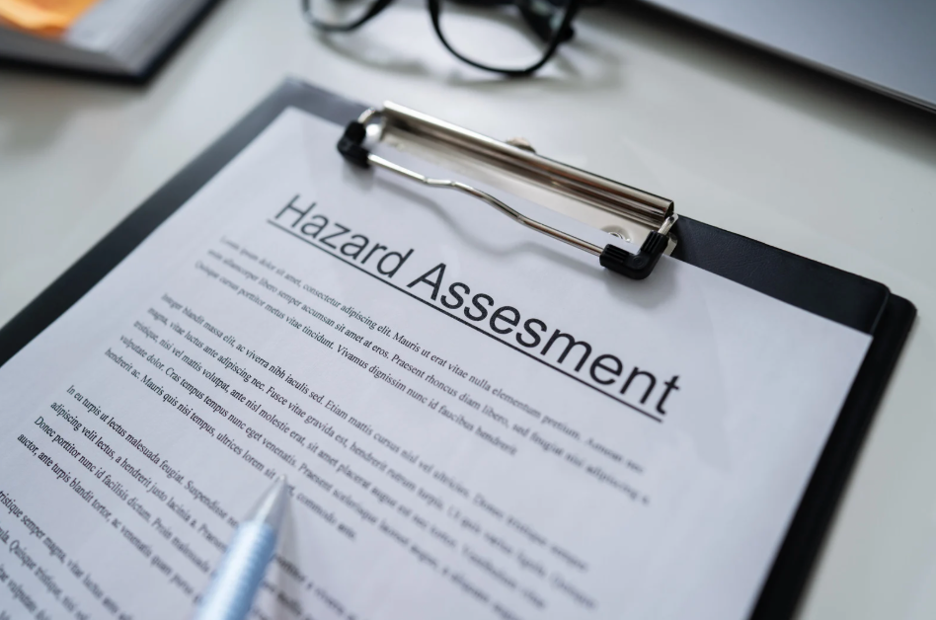As an employer, workplace safety should always be a priority, so staying up-to-date on OSHA regulations and ensuring that employees receive the necessary training to maintain a safe and healthy work environment is essential. Below we will review some of the key requirements for OSHA safety training:
What is OSHA?
The Occupational Safety and Health Administration (OHSA) is the federal agency responsible for setting and enforcing safety standards in the workplace. OSHA’s mission is to ensure employees work in a safe and healthy environment by setting and enforcing standards and providing training, outreach, education and assistance. All employers must comply with applicable OSHA standards and keep their workplace free of hazards.
What is OSHA Safety Training?
Safety education and training helps employees learn about job-related hazards and how to avoid them. The training covers various topics, including workplace safety, emergency preparedness, hazardous materials handling, and more. The goal of OSHA safety training is to teach employees how to identify and respond to potential hazards in the workplace, reducing the likelihood of accidents and injuries.
Who Needs OSHA Safety Training?
OSHA training requirements vary depending on the industry and the type of work being performed. In general, any employee who works in an industry with a risk of workplace injury or illness must undergo training. This includes industries such as construction, manufacturing, healthcare, and transportation. Employers must determine which employees need OSHA safety training and ensure they receive the appropriate training.
What are the OSHA Safety Training Requirements?
OSHA has several training requirements, which include:
- General Industry: OSHA requires that general industry employees receive training on the following: fire safety, hazard communication, personal protective equipment, and emergency action plans.
- Construction: Employees who work in the construction industry must receive training on the following: fall protection, scaffolding safety, and hazard communication.
- Healthcare: Healthcare workers must receive training on bloodborne pathogens, hazard communication, ergonomics, and other general industry requirements (see above).
- Hazardous Materials: Employees who handle hazardous materials must receive training on the specific hazards associated with the materials they are working with, as well as proper handling and storage techniques.
- Emergency Response: Workers involved in emergency response situations must receive training on responding appropriately to various types of emergencies.
Other OSHA Requirements Include:
Employers must keep records documenting that their employees have completed the required OSHA training. The records should include the employee’s name, the training topic, the date of the training, and the name of the person who conducted the training.
Why is OSHA Safety Training Important?
OSHA training helps to ensure that employees are prepared to work safely and avoid injuries. It helps employers create a safer work environment and reduces the risk of accidents and injuries by providing employees with the knowledge and skills they need to identify and respond to hazards.
How Often Must Employers Provide OSHA Training?
Employers must provide OSHA training annually. OSHA interprets that to mean that employees must be provided re-training at least once every 12 months (i.e., within a time period not exceeding 365 days.) Safety training is a legal requirement, so failing to provide the required training can result in fines and other penalties.
Remember, a safe workplace is a productive workplace, and OSHA safety training is an essential component of creating a safe workplace.
Experience Better Healthcare Compliance
Stay compliant with OSHA, HIPAA, and billing regulations. See how our comprehensive solutions can simplify your compliance needs and enhance your practice’s efficiency.



